
How do i train my dog to be obedient?
Watching your dog dart across the park ignoring your calls isn’t just frustrating—it can put them at risk near busy streets or public spaces.
Dachshunds, with their long bodies and curious personalities, can make potty training a bit tricky—but consistency turns it into a smooth process. Start by sticking to a strict schedule: take your pup out first thing in the morning, right after meals, and before bed. Many owners find keeping a small journal helps track when accidents happen, making it easier to adjust the routine. Don’t forget to factor in local rules, too—some neighborhoods require dogs to be on leashes even in your own yard during potty breaks, so check your area’s ordinances to stay compliant.
When you’re outside, choose a specific spot and use a consistent command like “go potty” to signal what you want. Dachshunds respond well to positive reinforcement, so keep tiny treats in your pocket. The second they finish their business, praise them excitedly and give a treat—this links the action to something good. Avoid scolding if they have an accident inside; it can make them afraid to go near you when they need to go, which slows down training. Instead, clean the area with an enzyme-based cleaner to remove all traces of the smell, since dachshunds are drawn back to familiar scents.
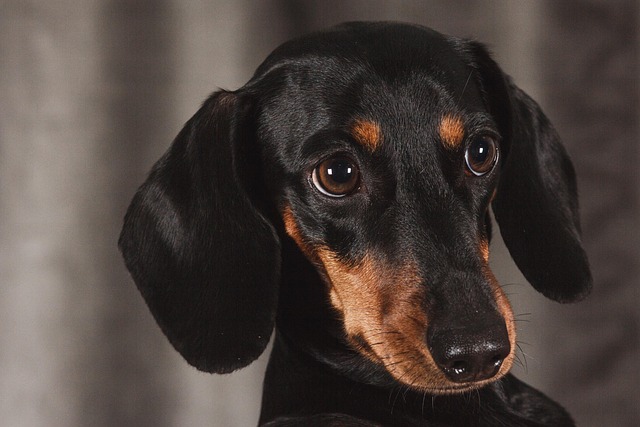 Be patient with puppies—their bladders are small, so they might not make it to the designated spot every time at first. Most dachshunds start getting the hang of potty training by 16 weeks, but some take a little longer, especially if they’re prone to stubbornness. If you work long hours, consider a puppy pad as a temporary solution, but aim to phase it out once they can hold it longer. Just make sure the pad is in a quiet corner, not near their food or bed—dogs naturally avoid soiling areas where they eat and sleep.
Be patient with puppies—their bladders are small, so they might not make it to the designated spot every time at first. Most dachshunds start getting the hang of potty training by 16 weeks, but some take a little longer, especially if they’re prone to stubbornness. If you work long hours, consider a puppy pad as a temporary solution, but aim to phase it out once they can hold it longer. Just make sure the pad is in a quiet corner, not near their food or bed—dogs naturally avoid soiling areas where they eat and sleep.
Always keep an eye out for signs your dachshund needs to go: pacing, sniffing the floor, or circling. Catching these cues early means fewer accidents and faster progress. If you live in an apartment, plan for more frequent trips outside, maybe using an elevator at specific times to build a routine. Also, remember that adult dachshunds might need retraining if there’s a big change, like moving to a new home—stick to the same schedule and commands to help them adjust quickly.
By the end, potty training your dachshund becomes a way to build trust between you two. Once they learn the routine, you’ll both feel more confident going out and about, knowing you’re following local laws and keeping your home clean. Just stay consistent, stay positive, and celebrate the small wins—before you know it, your dachshund will be a pro at potty training.

Watching your dog dart across the park ignoring your calls isn’t just frustrating—it can put them at risk near busy streets or public spaces.

New puppy owners often find themselves rushing to clean up accidents before they set in, and that’s where puppy pad training becomes a game-changer.
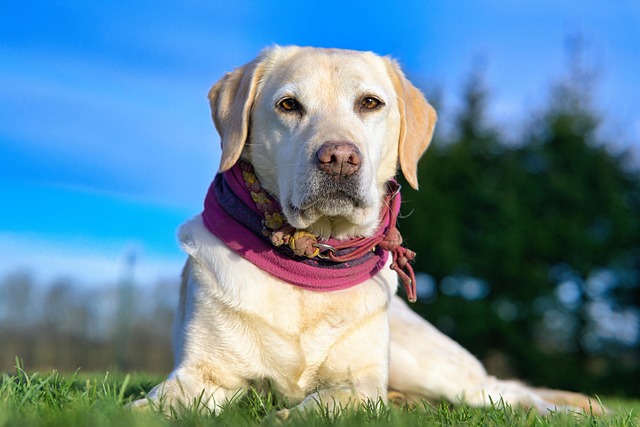
If you've noticed your dog's waistline disappearing and your veterinarian has mentioned those few extra pounds, your first instinct might be to simply reduce the amount of food in their bowl.
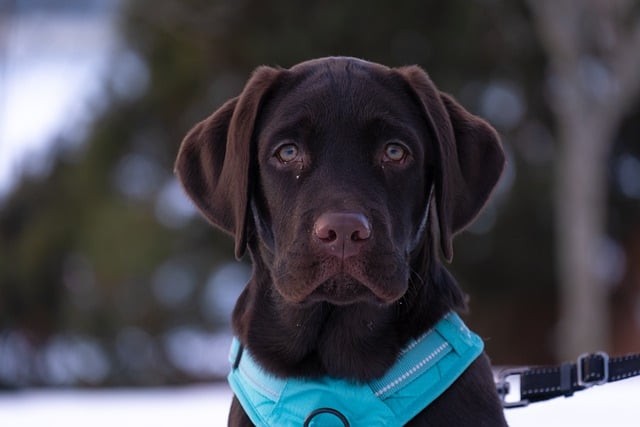
Training a dog to use a designated spot indoors isn’t as daunting as many new owners fear, but it does take consistency and an understanding of your pet’s needs.
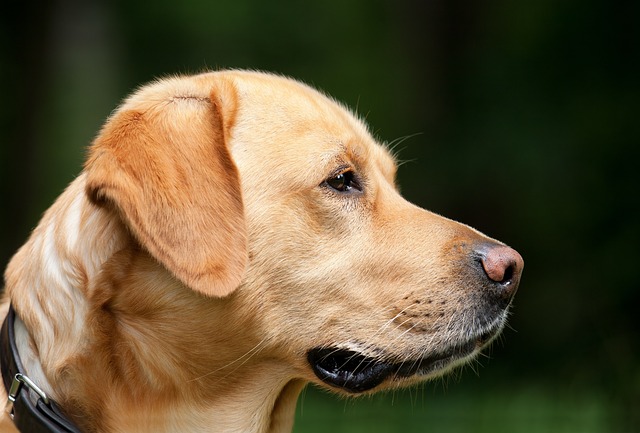
That moment of dread on a walk is all too familiar for many new dog owners. You see another dog approaching down the sidewalk of your neighborhood
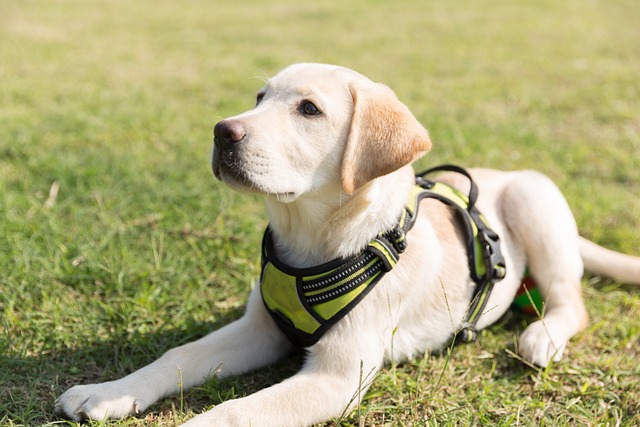
If the sight of another dog on your neighborhood walk makes your heart sink as your own dog erupts into a frenzy of barking and lunging, you're not alone.